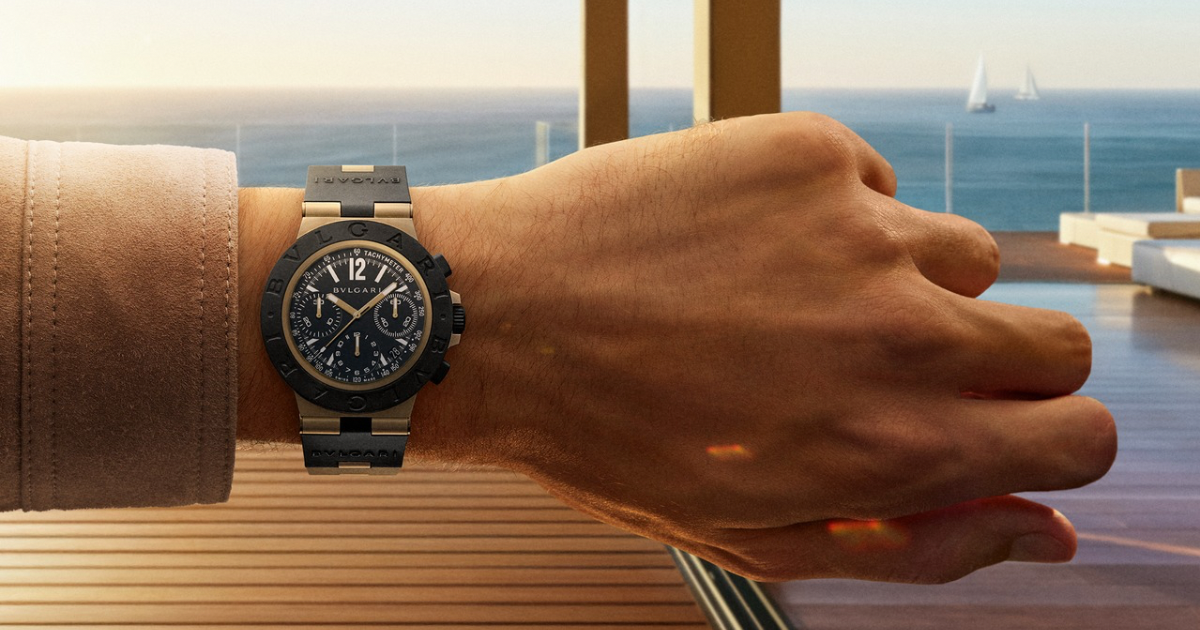A brilliant promise
How the ring became a symbol of eternal love
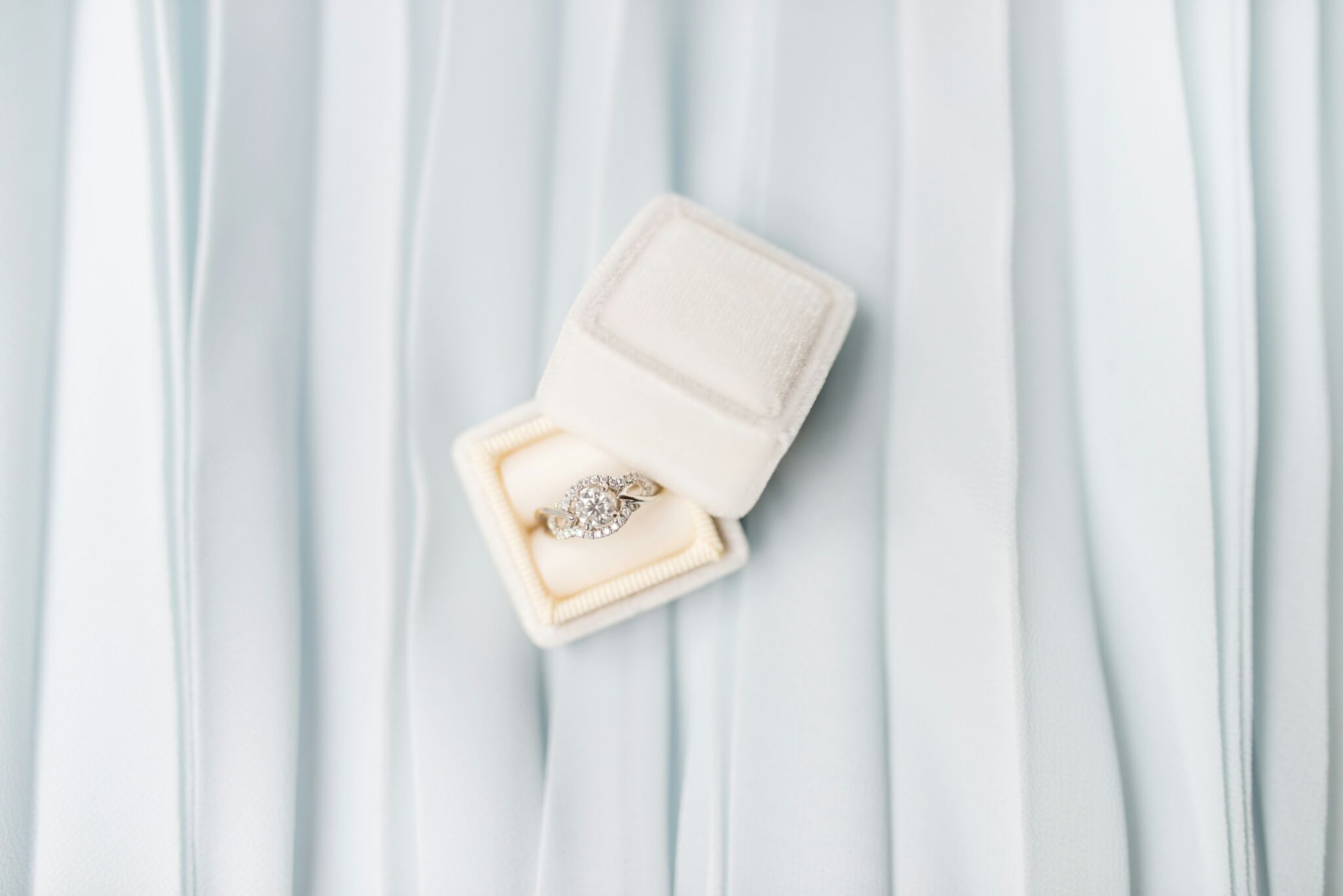
An engagement ring is more than just a piece of jewelry – it’s a true symbol of love and a promise. A tradition with deep roots, it speaks of the most important things without a single word. Take a seat – you’re about to take a fascinating journey into the world of diamonds and romance!
From ancient rituals to timeless classics
Why did the ring become the traditional symbol of engagement? The answer lies in its shape. A closed circle with no beginning or end has long symbolized infinity, eternal love, and an unbreakable bond. When a man places a ring on his beloved’s finger, he is essentially saying: our love has no end.
This custom dates back to Ancient Egypt, where rings were woven from reed and papyrus, plants that grew along the Nile, and exchanging them signified eternal devotion. Egyptians believed a special “vein of love” ran from the left ring finger directly to the heart.
Later, the practice took hold in Ancient Rome, where a groom would present his bride with an iron ring, symbolizing strength and commitment. Often, a bride had two rings – a simple one for daily wear and a more elaborate gold version for special occasions.
The Church also became a guardian of the tradition: rings were no longer mere symbols of love but became part of sacred rituals. Over time, this practice became firmly embedded in wedding ceremonies as an essential element of the marriage vow.
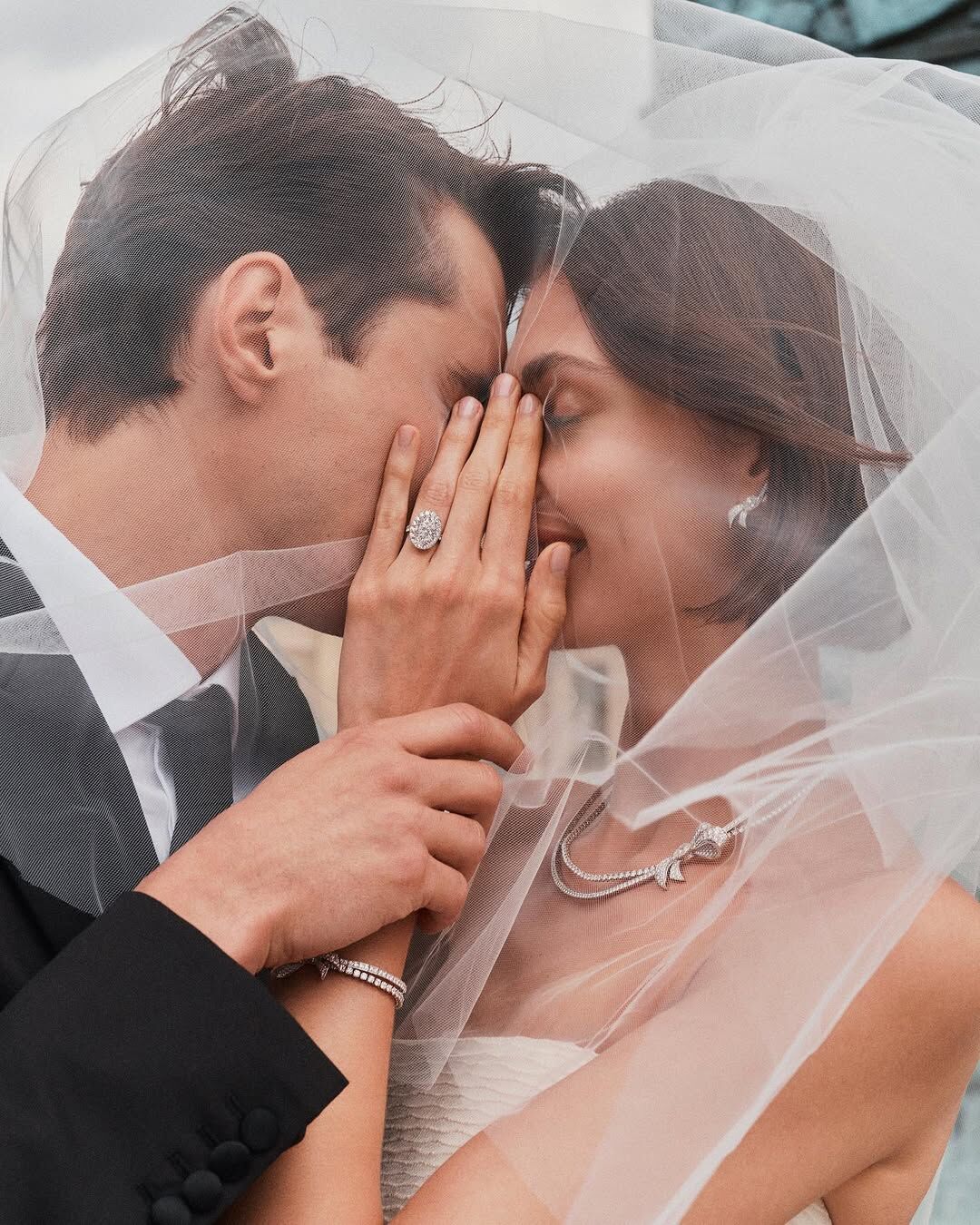
However, for a long time, such jewels were only for the elite. Most people opted for simple gold or silver bands without stones.
A Diamond Is Forever
A true revolution came in the 20th century, and it started with advertising.
The modern tradition of the diamond engagement ring was largely manufactured by brilliant marketing from the De Beers company.
Amid the Great Depression, demand for diamonds plummeted.
To reignite interest, De Beers launched an ambitious campaign that connected diamonds to eternal love. They hired the ad agency N.W. Ayer & Son, who changed public perception through magazine articles, movie placements, and celebrity endorsements, all promoting the diamond not just as a luxury, but as the ultimate love symbol.
It worked perfectly. In the early 1940s, the U.S. embraced the “4Cs” concept – four characteristics of the brilliant (cut, color, clarity, and carat) to help buyers make informed choices.
Then came the legendary slogan: “A Diamond Is Forever.” That phrase changed everything. From that moment on, people believed: true love lasts forever, and therefore, it comes with a diamond.
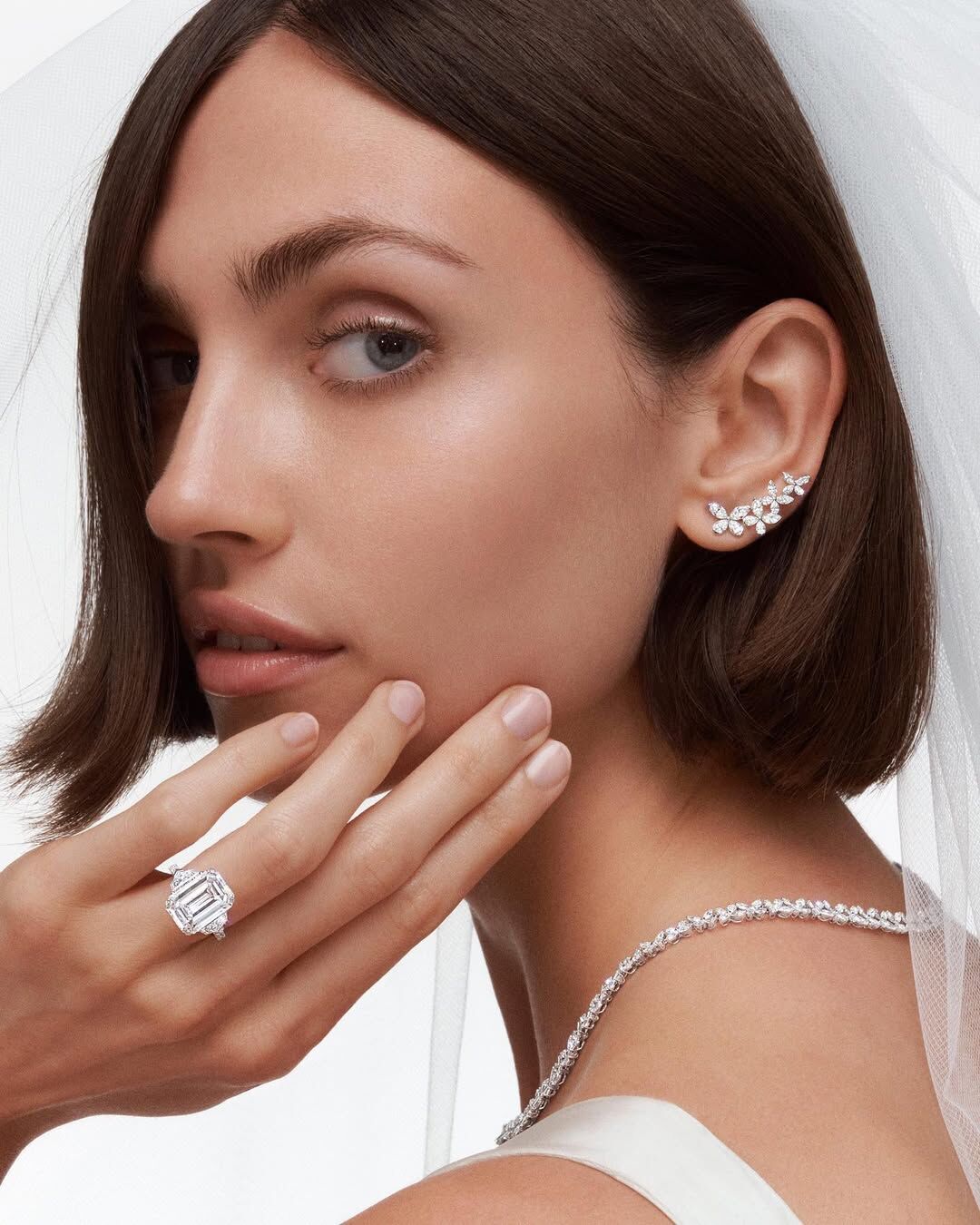
By the end of the 20th century, another unwritten rule took hold: the cost of an engagement ring should equal one or two months’ salary. In the U.S., the “one-month” rule became standard, while in Japan, De Beers promoted a “three-month salary” standard – a concept that quickly stuck in status-conscious societies.
Eventually, giving a diamond ring at engagement became a global phenomenon, boosted by globalization and Hollywood. The iconic proposal scene – a ring box opening – is now inseparable from the modern mythology of love.

However, an engagement ring is not only a story of emotion – it is also a story of obligation. For centuries, it served as a true vow: it officially became the bride’s property only after the marriage was finalized.
If the engagement was broken off through the groom’s fault, the bride could keep the ring, as compensation for a broken promise and a loss of social standing.
To this day, some countries still follow the “no-fault” rule: a man can only demand the ring’s return if he was not the reason for the breakup.
Modern law, however, interprets these situations differently across the world: in some places, the ring is always considered a gift; in others, a conditional vow tied to the promise of marriage.
So, behind the sparkle of a diamond lies not only romance but an entire world of delicate rules, promises, and invisible contracts.
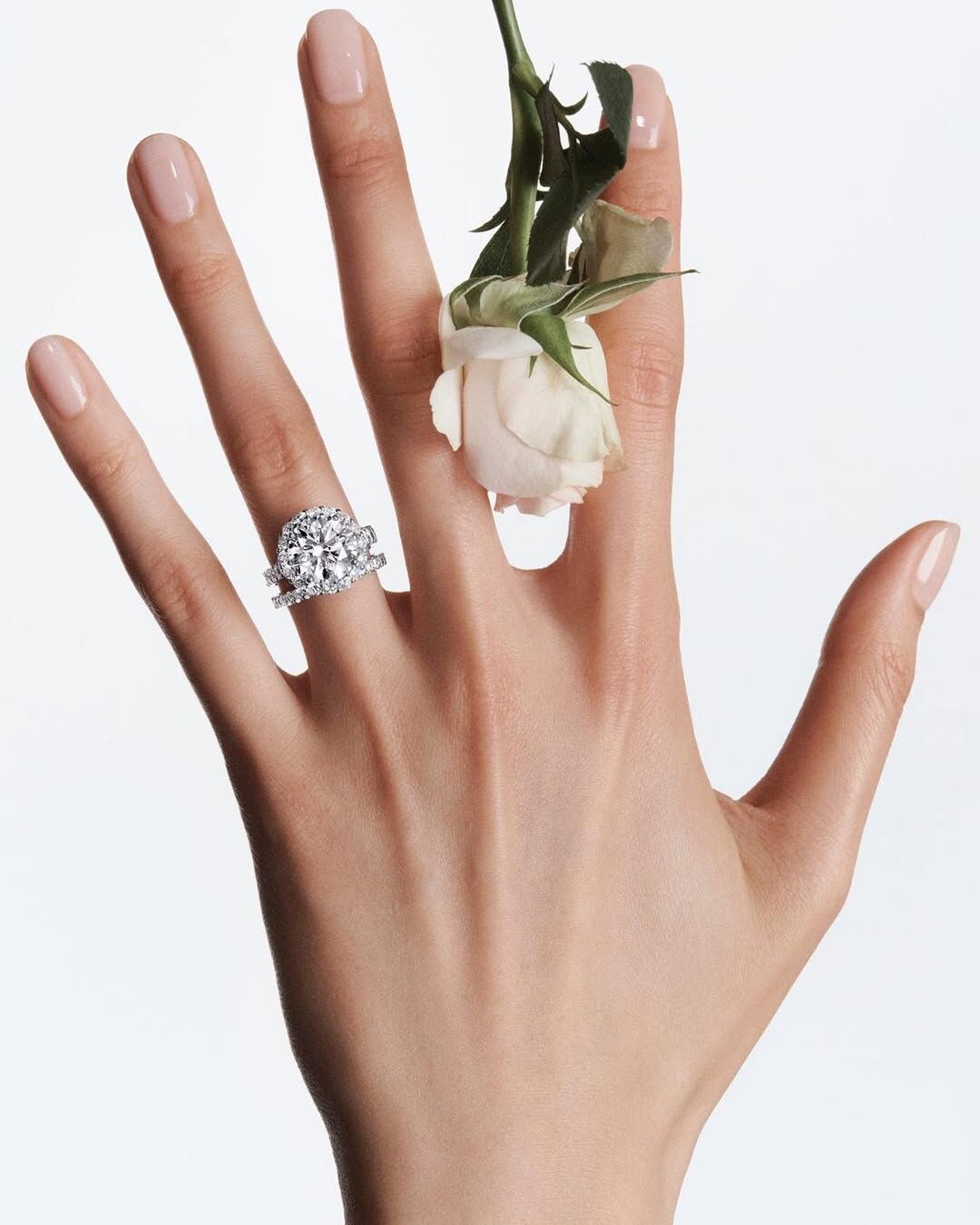
photo: Instagram/ Graff
An eternal symbol
Yet, in the end, the engagement ring isn’t about trends or stone size. Its true value lies in what it represents – two people, and a serious promise. And just like hundreds of years ago, that’s what makes it matter.
